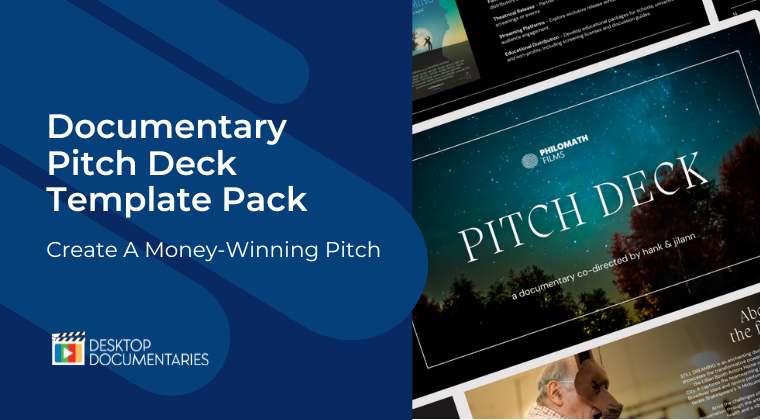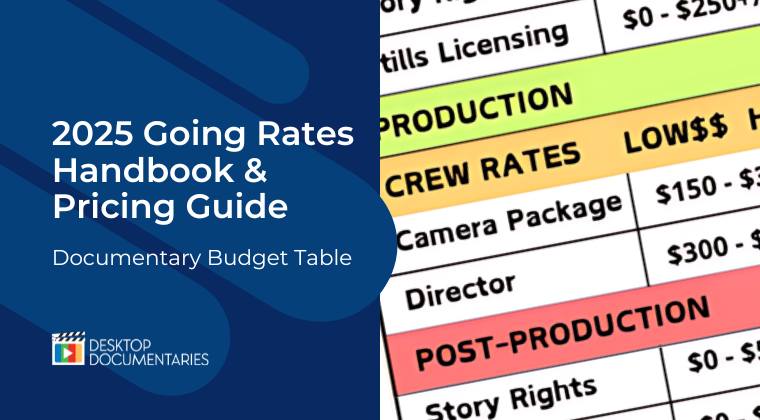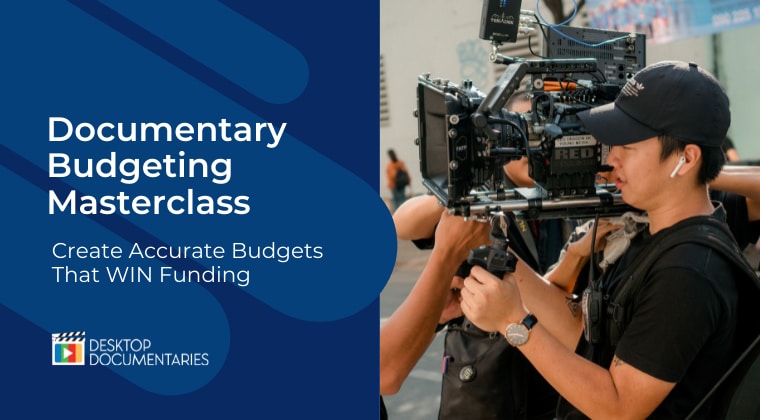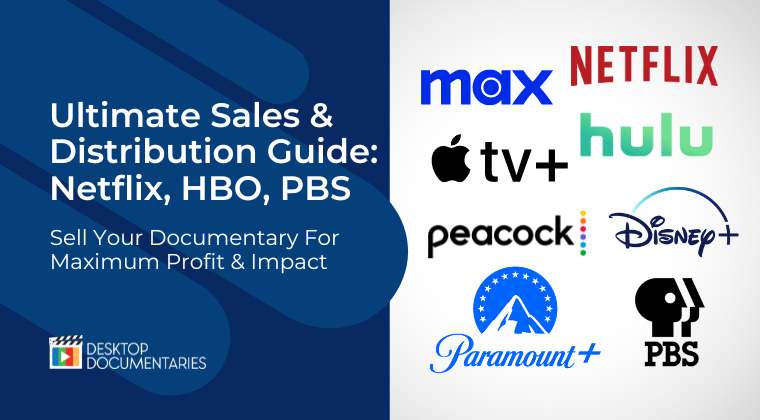🏆 CROWDFUNDING STRATEGIES FOR SUCCESS 🏆
How We Raised $40,915 In 35-Days For Documentary Sequel
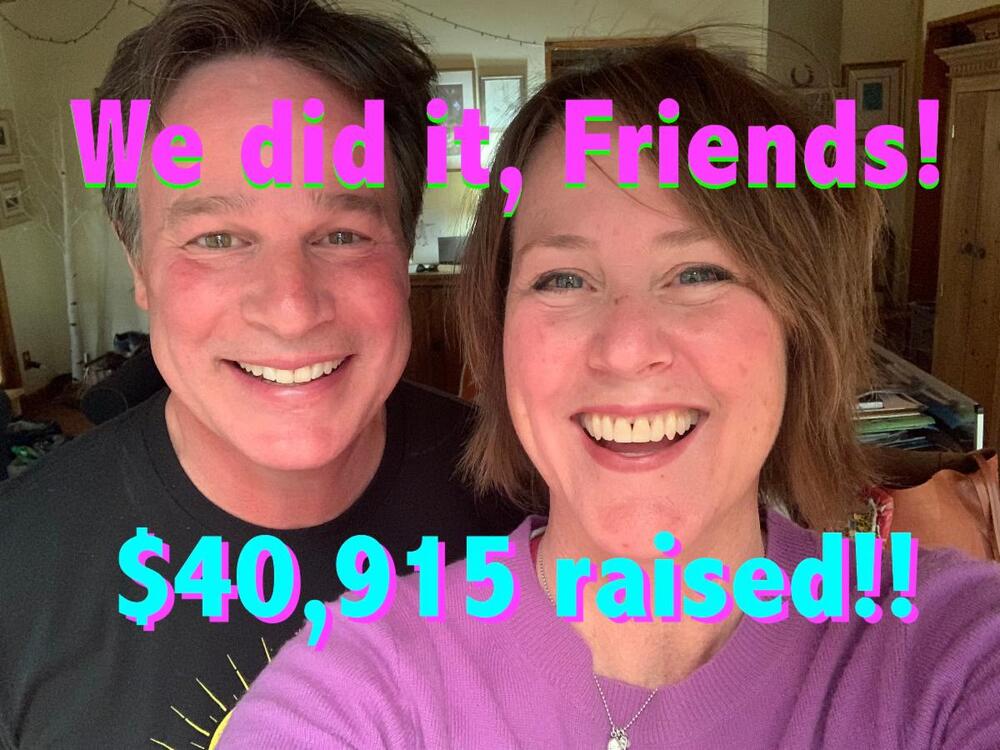
Guest Post by Hank & Jilann / Instructors, Desktop Documentaries
Updated: May 31, 2023
We just wrapped up a 35-day crowdfunding campaign and it was quite a ride!
It's been a long-haul and a lot of work (2+ hours a day, and many weeks of prep) but very worth it.
We now have $40,915 that we didn't have a month ago!
We're going to use that funding immediately for upcoming shoots on a Shakespeare Behind Bars sequel, which will be a 20-year follow up to the original film.
All told, we raised $24,475 of our $35,000 goal on IndieGoGo. Another $16,440 came in by check. (Some or our larger donors preferred to give by check, so that we would avoid the crowdfunding platform fees).
Not only is the money raised important to us, but we had more than 200 donors all told.
We feel like that's a great testament to the fact that people are excited to see this new update film.
So, we've got a lot of wind beneath our wings as we launch this sequel.
Skip down to 4 Crowdfunding Tips For Success.
Why A Crowdfunding Campaign?
In our 2005 film, we followed 20 guys in a Kentucky prison who were a part of the Shakespeare Behind Bars program, as they rehearsed and performed The Tempest over one year.
The film was funded by Sundance, BBC and ITVS, and premiered in competition at Sundance in 2005.
It went on to play at theatres around the US, was released on DVD by Shout! Factory and Netflix, and played on BBC, Sundance Channel, Starz/Encore and PBS, as well as dozens of channels around the world.
To this day, it remains our most popular film, still doing well on the educational platform, Kanopy, and people stream it every day on our own website via VHX. (Carve those rights out, filmmakers!) We’ve debated doing a sequel for years, and now it finally feels like the right time.
The things our protagonists are doing right now are amazing, and definitely warrant a new film.
But…we don’t take launching a new film lightly at all.
At this point, we know what a heavy lift it is, and also how uncertain.
We’ve had films that have been very successful, and others that have been harder to distribute and get seen.
And we don’t always know exactly why it goes that way.
The process of making a film takes us years, and we can’t do things based on trends because by the time we’ve finished one, the trends have changed!
So, we have to follow the stories that move us personally, and that feel significant enough to take on.
And even though we’ve crowdfunded twice before, we’re finding that different things are working for us this time, as technology and communication have changed since last time we did this.
Here are some tips that are working for us this time around.
And no matter what you do during the campaign, Preparation is the KEY to success.
Crowdfunding only works if you work it…every day!
Crowdfunding Tips For Success
TIP#1: EBLASTS
We can’t stress enough how important it is to have an email service like Constant Contact or MailChip, as well as a robust mailing list.
Sign up for a subscription that lets you segment your list, and that way you can group people together and personalize the email blasts a bit more.
For example, you may want to communicate with donors differently than people who haven’t donated yet.
Load all the email addresses into the mailing list service that are appropriate, and start designing your email blasts with photos, videos, pertinent info, and prominent links to your campaign.
If you’re running a 4 week campaign, you may be sending out 8-12 emails all together, so make sure you keep them short, visually interesting and relevant.
Think about telling a story with your emails, with a beginning, middle and end, as you send them out over time during the campaign.
In other words, the first email should be your set up: what are you doing, why is it important, and how much support do you need? The second email may continue along those themes, or might go deeper – who are your protagonists, more about your subject matter, etc…
Don’t just ask for money, let your supporters know about your project and how much it means to you.
Articulate the impact your film will have.
Your enthusiasm will be contagious!
A Few Examples of our Eblasts
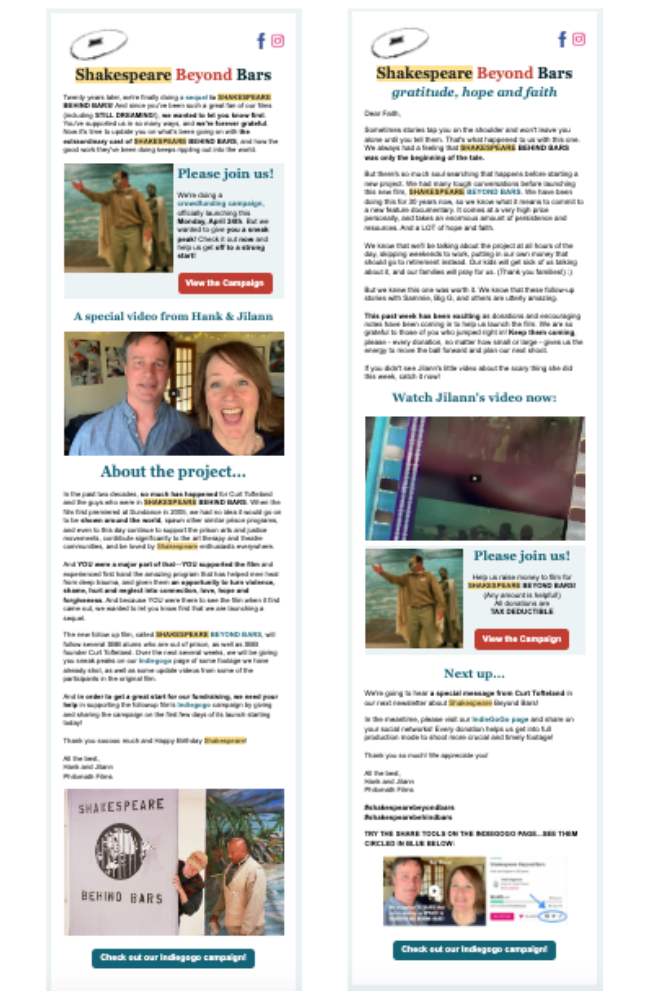
TIP #2: PERSONALIZED, INDIVIDUAL EMAILS
People can tell the difference between an email blast and a personally written email.
They might love reading your newsletter emails, but they will likely respond more quickly to a personal email note.
Write to close family, friends and likely supporters with a personal touch.
You can draft these before the campaign and send them out letting people know how important it is to donate early to give your campaign a strong launch.
If by mid-campaign they haven’t donated and you are pretty sure they will, don’t be afraid to send another targeted email.
There’s a fine line between persistent and pesky, and stay attuned for that difference!
TIP #3: VIDEO
Statistics show that campaigns with a video at the header (where the goal amount is) raise about 4x the funds as campaigns that don’t have a video.
So make a video!
A personal, on-camera pitch from you, the filmmaker, is best.
If you have clips of your film, then mix those in.
If you already have a trailer – use that, and put your personal pitch at the beginning of it, and then a wrap up, call to action at the end.
Don’t be shy – I know it’s totally awkward to put yourself on-camera asking for money, but people really do respond to that.
A lot of times, they’re donating because of YOU, not your project.
You’ll also want to make other videos to release during the campaign.
We’ve done some serious ones, using footage from a recent shoot, and some silly ones, just to switch it up.
We’ve embedded these into our email blasts, and also put them out on social channels.
Learn how to create a fundraising trailer.
"The Scary Thing Jilann Did This Week"
TIP #4: ANALYTICS
Once your campaign is launched, keep track of the analytics from the platform you’re using.
This will help you understand where your donors are coming from, and you can concentrate your efforts on what’s working.
There’s so much you could do when running a campaign, it’s important to focus on what’s actually bringing in money.
Here are a couple of snapshots taken during our campaign.
The bigger money days are the days that we sent out email blasts.
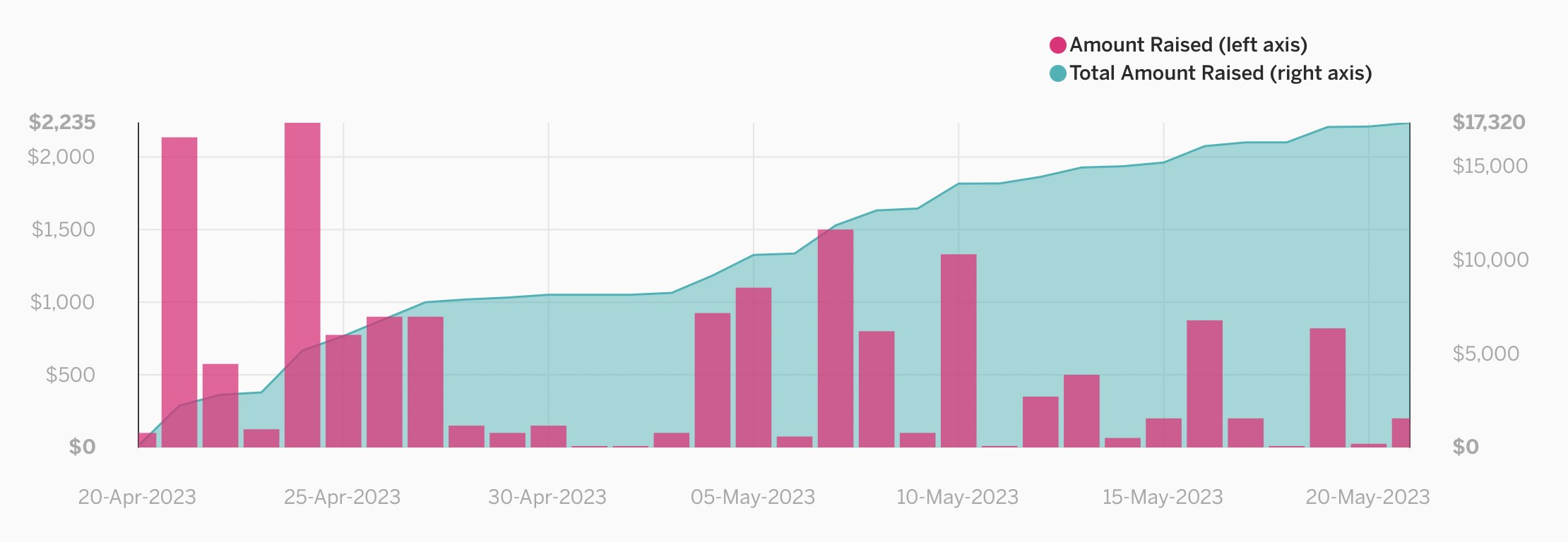
And we can tell that our newsletters and Facebook posts generated the most action for us.
So we tapered off our efforts on Instagram, as that wasn't working as well for us. (Instagram may work great for you – that’s why you have to keep track of your own analytics!)
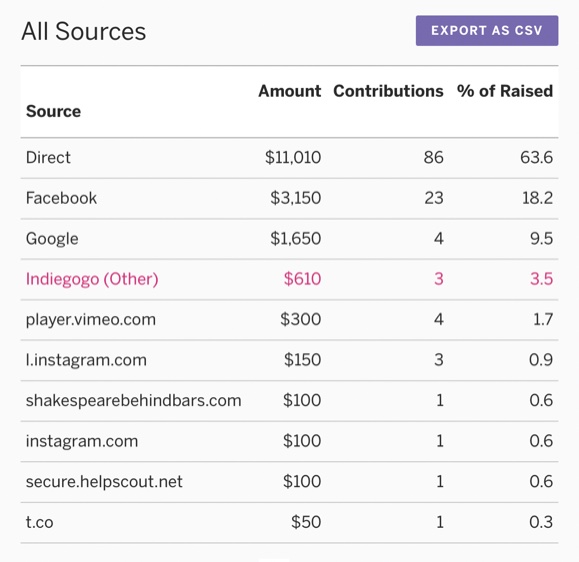
For more tips on how to run a campaign from start to finish, here’s a free Crowdfunding Action Guide pdf, drawn from research and personal experience.
Good luck! Go raise that $$ and make that film!
About Hank and Jilann
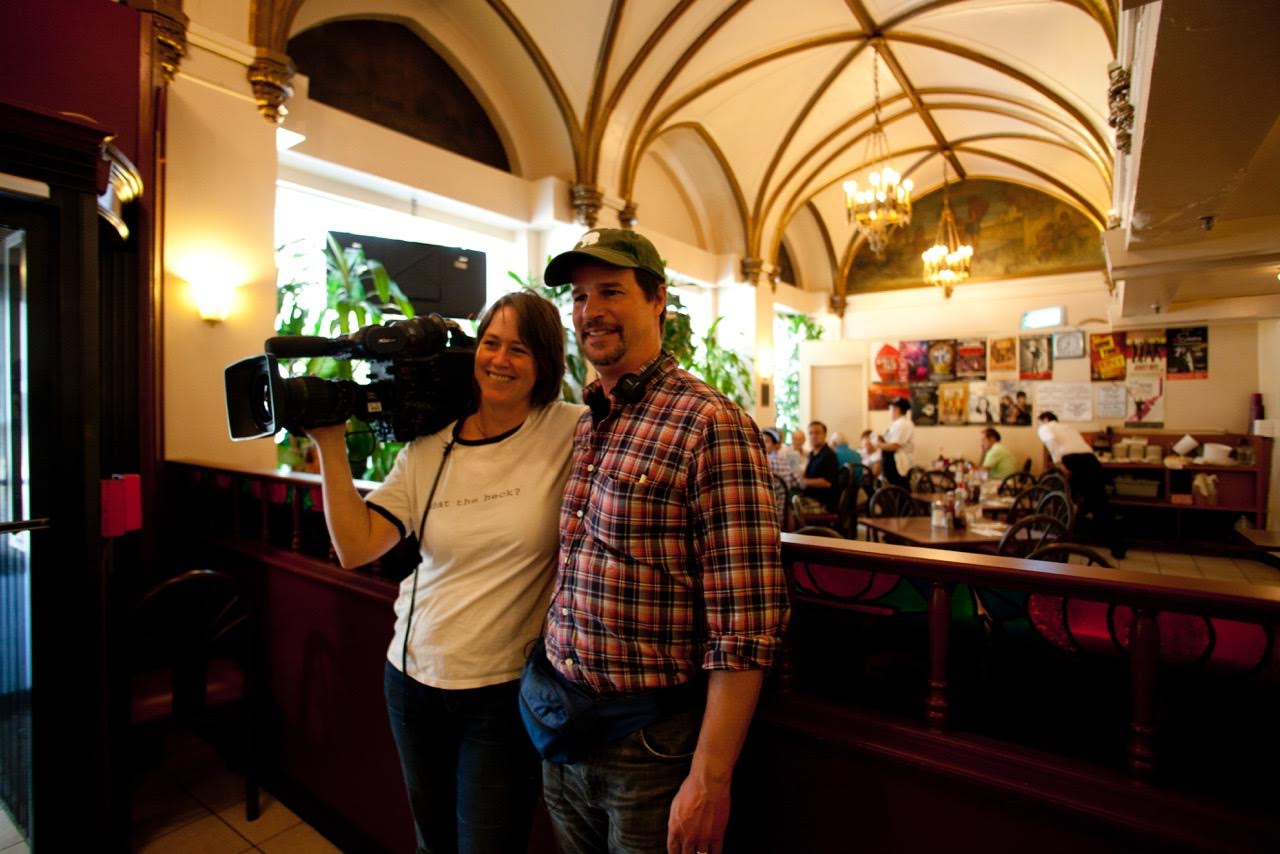 Jilann Spitzmiller and Hank Rogerson
Jilann Spitzmiller and Hank Rogerson
Hank Rogerson and Jilann Spitzmiller are award-winning documentary filmmakers based in Santa Fe, New Mexico and top instructors here at Desktop Documentaries.
Hank teaches the Documentary Proposal Template / Pitch Deck class, while Jilann Spitzmiller teaches the popular Documentary Budgeting Series and is co-instructor of The Documentary Sales & Distribution Course.
They have raised more than $1-million for their documentary projects.
Their films have premiered in competition at Sundance, SXSW, DOC NYC and Edinburgh. In addition, their films have been broadcast around the world on BBC, Sundance Channel, Starz/Encore, Aljazeera, PBS, Discovery, Canal+, Apple TV, Amazon and many others.
More from Hank & Jilann
Check out these helpful articles and resources:
- How To Create An Accurate Documentary Budget (Top 9 Do's and Don'ts)
- 5 Helpful Tips To Create A Money-Winning Documentary Proposal
- What Is The Non-Fiction Core Application (And Why It's So Awesome For Documentary Filmmakers)
- Documentary Cash Flow Worksheet (Free Template & Tutorial)
Documentary Courses & Templates
Ready To Make Your Dream Documentary?
Sign up for our exclusive 7-day crash course and learn step-by-step how to make a documentary from idea to completed movie!

